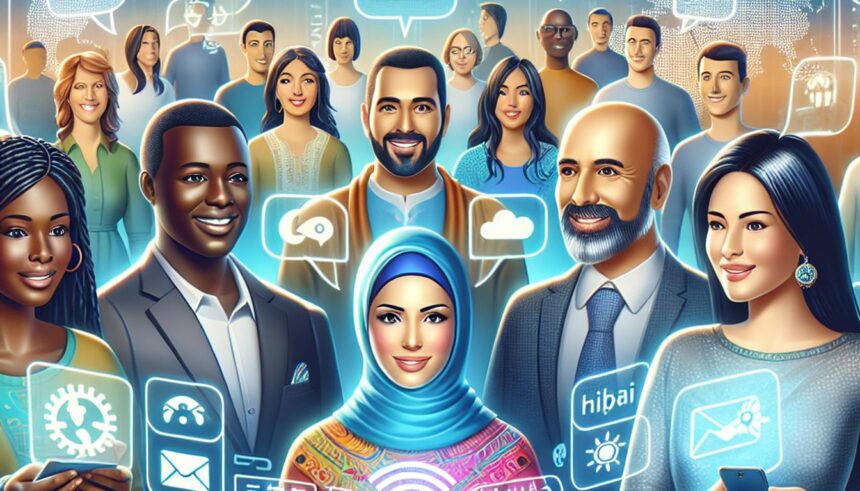Introduction to Digital Inclusion and Language Representation
Digital inclusion is more than just accessing technology; it’s a gateway to universally accessible opportunities and benefits offered by modern digital advancements. Ensuring broad language representation in artificial intelligence (AI) is crucial in this endeavor, making technology accessible and beneficial across diverse linguistic groups. This article delves into the importance of integrating diverse languages into AI to further the democratization of technology, contributing to an equitable tech-future for all.
Understanding the Impact of Language Representation in AI
AI technologies are rapidly expanding their influence across various sectors, but the representation of diverse languages within this domain remains limited. Major tech advancements are often designed and developed to cater primarily to high-resource languages like English, creating a significant barrier for non-native speakers and underrepresented linguistic communities. This not only hampers technology access but also limits the potential for widespread digital inclusion.
The Significance of Diverse Language Integration
Integrating a wide array of languages into technological frameworks is not merely an enhancement of existing systems but a necessary step towards the true democratization of technological opportunities. The integration of diverse languages allows communities worldwide to not only access but also contribute to and benefit from technological advancements, ensuring that no one is left behind in the digital era.
Challenges to Implementing Language Diversity in AI
The main hurdles in enhancing language representation in AI include data scarcity for low-resource languages, limited commercial interest in developing AI for such languages, and technological complexities associated with linguistic diversity. Organizations often face significant challenges in data collection, processing, and the development of algorithms that can effectively handle the nuances of lesser-known languages.
Current Initiatives and Progress in Language Representation
Several global initiatives aim to bridge these gaps. Projects like Google’s AI for Social Good and Mozilla’s Common Voice project are prime examples of efforts to democratize AI through increased language inclusivity. These projects not only promote language representation but also empower communities by providing them the tools to participate in the global digital landscape.
Strategies for Enhancing Language Diversity in AI
To truly enhance language representation in AI, multiple strategies need to be employed. These include developing inclusive data sets, promoting collaborative projects across countries and languages, and leveraging AI to support the learning and continuation of endangered languages. Moreover, policy frameworks and funding must prioritize language diversity as a core component of digital inclusion.
The Road Ahead for Digital Inclusion
Advancing language diversity in AI is a crucial step toward inclusive digital transformation. It requires concerted effort from tech companies, policymakers, academic institutions, and non-governmental organizations. By fostering an environment where every language has the potential to flourish in the digital space, we edge closer to a world where digital inclusion is a reality for all.
The commitment to making AI accessible and beneficial in multiple languages will ultimately lead to a more equitable technological future, promoting inclusive growth and enabling diverse communities to engage with and benefit from AI innovations.
Conclusion
The path towards comprehensive digital inclusion involves embracing language diversity in AI and related technologies. Ensuring that speakers of all languages can access and interact with digital content in their native tongue not only supports cultural preservation but also amplifies global participation in the digital economy. As we continue to integrate more diverse languages into our digital tools, we make significant strides in the democratization of technology.
This ambitious yet vital goal calls for a collaborative approach where technology developers, governments, and community leaders join hands to ensure that advancements in AI are universally accessible and beneficial, effectively closing the digital divide and fostering an inclusive future for all.







